The nitration of benzene with fuming HNO3 will give:
1. TNB
2. 1,3-dinitrobenzene
3. picric acid
4. 1,4-dinitrobenzene
सधूम HNO3 के साथ बेन्जीन का नाइट्रीकरण देगा:
1. TNB
2. 1, 3-डाइनाइट्रोबेन्जीन
3. पिक्रिक अम्ल
4. 1, 4-डाइनाइट्रोबेन्जीन
A given nitrogen-containing aromatic compound a reacts with Sn/HCl, followed by HNO2 to give an unsatable compound B.B, on treament with phenol, forms a beautiful coloured compound C with the molecular formula C12H10N2O. The structure of compound A is
1. 
2. 
3. 
4. 
एक दिया गया नाइट्रोजन युक्त ऐरोमैटिक यौगिक Sn/HCl के साथ एक अभिक्रिया करता है, उसके बाद अस्थिर यौगिक B देने के लिए HNO2 के साथ क्रिया करता है फीनॉल के साथ B को उपचारित किया जाता है अणुसूत्र C12H10N2O के साथ एक आकर्षक रंग के यौगिक C का निर्माण करता है। यौगिक A की संरचना है:
1. 
2. 
3. 
4. 
In the following reaction, the product X is:
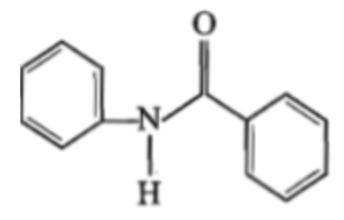
1. 
2. 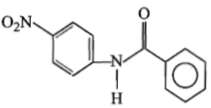
3. 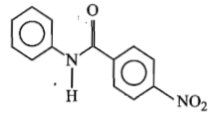
4. 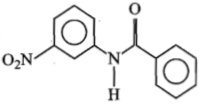
निम्नलिखित अभिक्रिया में, उत्पाद X है:
*सांद्रित HNO3
*सांद्रित H2SO4
1. 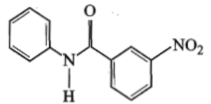
2. 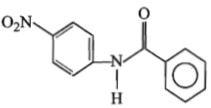
3. 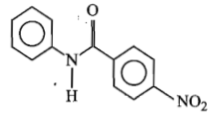
4. 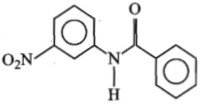
Reaction of cyclohexanone with dimethylamine in the presence of catalytic amount of an acid forms a compound if water during the reaction is continuously removed. The compound formed is generally known as:
(1) Schiff's base
(2) an enamine
(3) an imine
(4) an amine
एक अम्ल की उत्प्रेरक मात्रा की उपस्थिति में डाइमेथिलऐमीन के साथ साइक्लोहेक्सेनोन की अभिक्रिया एक यौगिक बनाती है यदि अभिक्रिया के दौरान जल के अणु सतत निष्कासित किए जाते है। निर्मित यौगिक को सामान्यतः निम्नलिखित के रूप में जाना जाता है:
1. शिफ क्षार
2. एक एनामीन
3. एक इमीन
4. एक ऐमीन
The alkene formed as a major product in the given elimination reaction is:
1. 
2.
3. 
4. 
दी गई विलोपन अभिक्रिया में एक प्रमुख उत्पाद के रूप में निर्मित एल्कीन है:
1. 
2.
3. 
4. 
Product (A) & (B) of the above reaction is:-
1. A=P,B=P
2. A=Q,B=Q
3. A=P,B=Q
4. A=Q,B=P
*ऊष्मा
*ऊष्मा
उपरोक्त अभीक्रिया का उत्पाद (A) और (B) है:
1. A=P,B=P
2. A=Q,B=Q
3. A=P,B=Q
4. A=Q,B=P
Which of the following is the strongest base ?
1. 
2. 
3. 
4. 
निम्नलिखित में से कौन सा प्रबल क्षारीय है?
1. 
2. 
3. 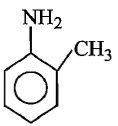
4. 
Which one of the following compound give carboxylic acid by hydrolysis ?
(1)
(2)
(3)
(4) All of these
निम्नलिखित में से कौन सा यौगिक जल-अपघटन द्वारा कार्बोक्सिलिक अम्ल देता है?
(1)
(2)
(3)
(4) ये सब

1. 
2. 
3. 
4. 

1. 
2. 
3. 
4. 










